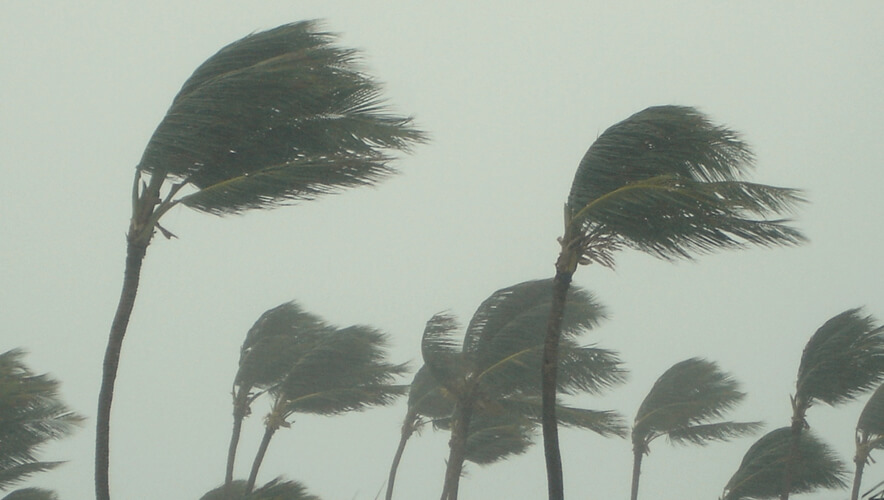Editor's Note: Warnings
"I was standing at my front door, which was partly open, watching the water…’ Suddenly the level of the water rose four feet in just four seconds. For those inside the house, it was a moment of profound terror. Throughout the city, parents rushed to their children. They lifted them from the water and propped them on tables, dressers, and pianos. People in single-story homes had nowhere to go.”
This eyewitness account of a Category 4 hurricane hitting the Texas coast may sound familiar to anyone watching the parade of catastrophic weather that has pummeled the United States over the past several years.
But this is an old story. The Galveston Hurricane made landfall on 9 September, 1900, causing an estimated 8,000 deaths, costing $34 million (nearly $1 billion today) in damages, and destroying 3,636 structures leaving 10,000 people homeless. It remains the deadliest natural disaster in U.S. history.
This is also a story of preparedness, and what happens when the systems that support preparedness break down. The quote above is from Erik Larson’s book about the hurricane, Isaac’s Storm: A Man, a Time, and the Deadliest Hurricane in History, which details the series of events that left the citizens of a Texas town unaware and unprepared for the storm.
In 1900, the U.S. Weather Bureau was at odds with Cuba, which had “pioneered hurricane detection,” writes Larson. However, the weather bureau thought Cuba was exaggerating threats of bad weather, causing U.S. citizens to panic needlessly. The result was a ban on all communication from Cuba about the weather.
The bureaucratic infighting had serious consequences when the 1900 hurricane made its way towards the Texas coast. Cuban meteorologists knew the storm was coming but could warn no one.
By the time Galveston meteorologist Isaac Kline knew something was wrong with the weather, it was too late. “The transformation was stunning: One moment a nondescript tropical storm, the next, a hurricane of an intensity no American alive had ever experienced. The storm did not grow through some gradual accretion of power; it exploded forth like something escaping from a cage,” writes Larson.
When Hurricane Harvey hit Houston in 2017, it did not explode. It stalled, and it rained. For three days, the storm dumped water on the city, causing $125 billion in damage, leaving 30,000 people homeless, and prompting 17,000 rescues.
The differences between the two storms go beyond meteorology. While no disaster mitigation or recovery effort is seamless, numerous government agencies stood ready to cooperate during and after Hurricane Harvey.
Private industry was also prepared. In our cover story this month, Keith McGlen, CPP, and Elhadji Sarr, CPP, discuss the plans their hospitals and healthcare facilities used to protect staff and patients during Harvey. While no planning could prevent all the damages, their story shows how cooperation and preparation helped save lives.
